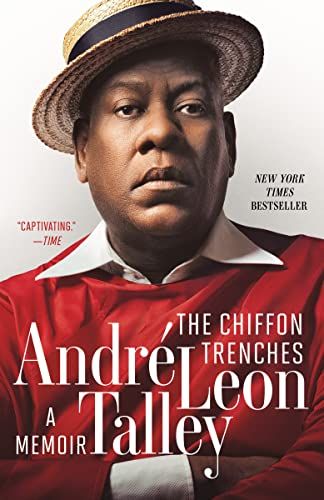The 10 Best Fashion History Books for Beginners

There’s no way to dive into fashion without immediately coming face to face with two of the modern greats: Alexander McQueen and John Galliano. Dana Thomas’s Gods and Kings follows the course of the pair’s similarly timed (and in the eyes of the media, often rival) careers while giving context to both their personal lives and the rapid rise and growth of LVMH. It was a time of big ideas, scrappy personalities, and cutthroat business—and it changed fashion forever.
The Battle of Versailles is probably one of the lesser-known events to occur within the infamous palace halls, but it’s definitely one of the most important for the fashion industry. Written by Pulitzer Prize–winning fashion critic Robin Givhan, the book examines the unprecedented runway walk-off between European and American designers that solidified Seventh Avenue in fashion history.
Advertisement - Continue Reading Below
Also by Givhan, “Make It Ours” is an in-depth look at both the late Virgil Abloh and the traditional luxury industry over which he triumphed. The book deftly chronicles the rise of his career alongside the rapidly changing fashion landscape, leading to his historic and ultimately brief appointment at Louis Vuitton. With an approach that’s part biography and part cultural analysis, Givhan offers a thorough portrait of luxury’s streetwear era.
A little bit more on the theory side, Sex and Suits charts the history of men’s and women’s dress all the way from medieval times to the modern day. The book questions why menswear underwent such a drastic transformation following the 18th century and looks at how gender affects fashion to this day. Hollander is unafraid to get into the nitty-gritty—all of her books are a must-read.
Advertisement - Continue Reading Below
“It’s been Bleak Street over here in America!” Those are the famous words of the late André Leon Talley, who once declared a “famine of beauty” in New York fashion. Talley’s memoir paints a moving portrait of his singular career. From North Carolina to New York to Paris and beyond, The Chiffon Trenches is an intimate and, at times, ruthless account of his experience across the fashion industry.
Believe it or not, the American fashion industry is largely responsible for much of the way designers think about ready-to-wear today. Prior to the modern-day Fashion Week, the youthquake movement, and the Battle of Versailles, European ateliers often snubbed the factories on Seventh Avenue. But Nancy MacDonell’s Empresses of Seventh Avenue examines the historic shift in clothing following World War II and the select group of movers and shakers in New York City who made it happen.
Advertisement - Continue Reading Below
As the foundational text for the 2025 Met Gala theme, Monica L. Miller’s Slaves to Fashion is a crucial examination of the history of the Black dandy. Beginning in the 1700s, Miller observes how the archetype has contextually transformed across generations, from its origins within the slave trade to representations of the Black dandy in art and music today.
Claire McCardell helped radically transform the way women dress. To the designer, clothing served as an opportunity for female empowerment, which led to more casual, freeing silhouettes that helped form the basis for American sportswear. Elizabeth Evitts Dickinson’s biography sheds light on McCardell’s underappreciated career.
Advertisement - Continue Reading Below
Behind every garment is the person who made it, and behind every maker is a story about the inner workings of our clothes. Sofi Thanhauser’s Worn is a deep dive into global textiles, both historic and new, and how their production processes have changed over time. The book also examines the industry’s waste, pollution, and labor exploitation, painting a comprehensive backstory of our garments.
From ELLE’s own Véronique Hyland, Dress Code dives into how style—and the way we talk about it—shapes our daily lives. The book explores how fashion permeates all aspects of life, from the enduring allure of the “French girl” archetype to the politics of how we dress in the workplace. Hyland examines how fashion is inextricably linked to our routines and why it remains undervalued within the realms of art and culture.
Watch Next

Advertisement - Continue Reading Below
elle













